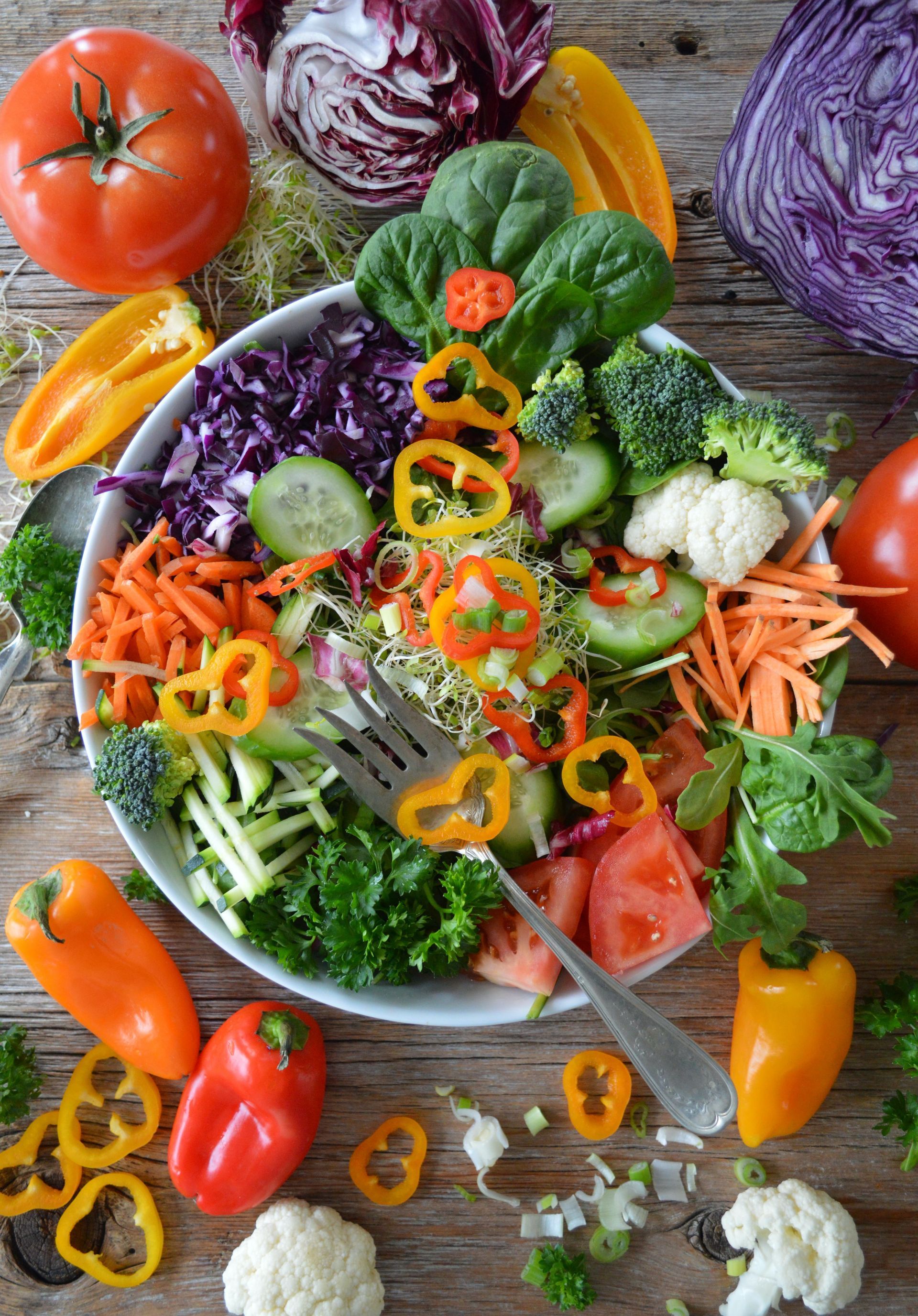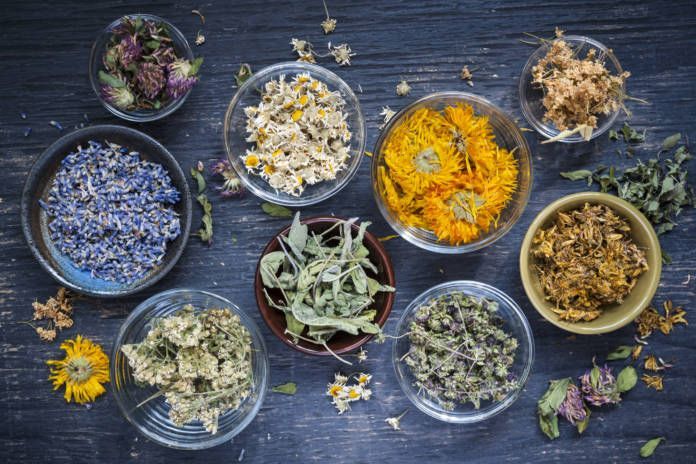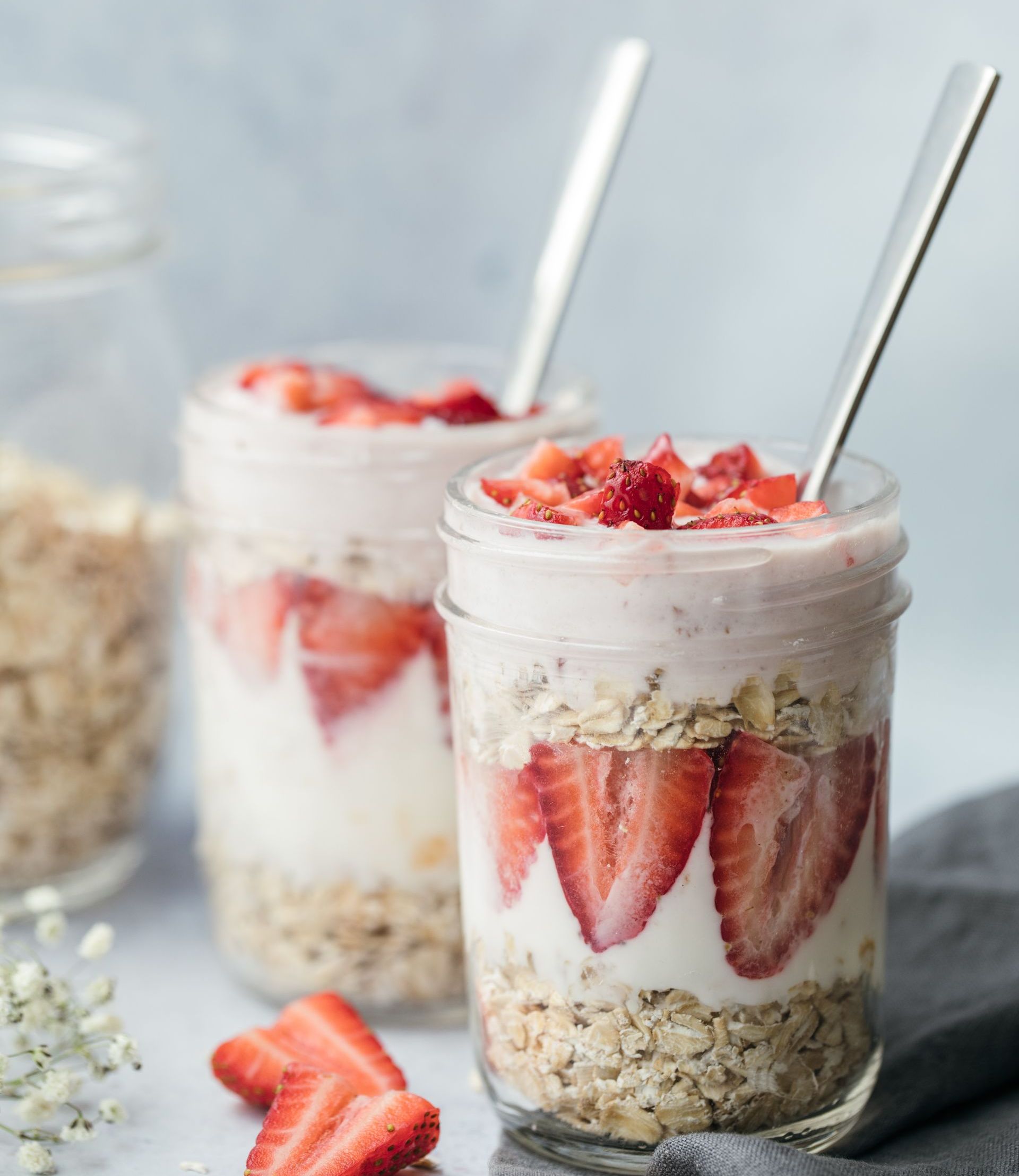Planting Seeds of Good Gut Health
Have you ever noticed the many references to guts in our language? ‘I’ve got a gut feeling,’ ‘He doesn’t have the guts,’ a ‘gut check’ moment, ‘guts and glory.’ As it turns out, there are several good reasons the gut gets so much attention: it’s the source of our ‘second brain’ (the neural network in the intestines), and the home of one of the most powerful sources of information in the body, the intestinal bacteria. Health starts and ends in the gut, and we are going to look at how it all works together with tools to help support resilient mood, immune, and nervous system health.
Many are surprised to learn that over 90% of serotonin (the ‘feel-good’ neurotransmitter) in the body is actually produced in the intestines. Gut bacteria produce other neurotransmitters such as GABA, dopamine, and acetylcholine, which are key for the regulation of mood, motivation, and focus. GABA has a calming influence upon the nervous system, helping us manage feelings of overwhelm and anxiety.
Our bodies rely on the good health of the vagus nerve because it is used as the main communicator between the gut and the brain. Good gut bacteria found in our intestines benefits the quality of information that is sent up the vagus nerve to the brain, contributing to better health. The gut is also an important control center for the immune system because it relies on the vagus nerve to serve as the connection between the food we eat and how it affects the health of the nervous and immune systems.
Short-chain fatty acids (SCFAs) are made by gut microbes by digesting fiber from foods and herbs. They are the main nutrient source for the cells lining the colon, providing a strong barrier that helps keep out harmful substances, bacteria and viruses. Prebiotics (non-digestible parts of food, like fiber) derived from healthy foods such as veggies and fruits, beans, and whole grains feed the beneficial bacteria in the intestines.
Poor Soil, Sad Garden
Diets high in sugars, refined carbohydrates, and unhealthy fats encourage the overgrowth of harmful bacteria in the gut. Antibiotics also wipe out good flora, leaving the intestines vulnerable to imbalances that account for the GI woes that often follow their use (diarrhea, gas, cramping, oh dear!) An overabundance of bad microbes can lead to a compromised intestinal lining (aka leaky gut), which is linked with higher markers of inflammation and allergies. Eating the whole foods your body needs will produce those important neurotransmitters and keep your intestines healthy.

Let’s explore some user-friendly ways to get and keep your gut (and the rest of you!) happy.
Keeping Your Microbiome Nourished
First, let’s get clear on what whole, unrefined foods provide, which is crucial for healthy intestines: fiber. Great sources of prebiotic (indigestible) fiber are Jerusalem artichokes, and the herbs chicory, dandelion, and burdock (look for these in some coffee substitute blends). You can also supplement your diet with powdered flax meal, oat bran, acacia, or psyllium. If that’s your pick, be sure to drink more water to help it along, as you won’t be getting the liquids provided by fresh fruits and veggies. You want the fiber to do its work of feeding the good microbes and creating bulk in your intestines, not slowing things down in the bathroom.
Probiotics have been recognized as supplement ‘superstars’, for good reason. Studies have shown positive results in helping people with mood disorders, possibly through helping to balance or increase the production of neurochemicals. Science is continuing to discover the many ways probiotics help the brain and entire nervous system.
Beneficial strains of acidophilus and bifidobacteria, taken either in supplement form or eaten as fermented foods, work with our native flora to create a healthy microbiome (microbes that live in and on our bodies). Fermented foods include yogurt (opt for the less sweet varieties), kefir, sauerkraut, kimchi, miso, and tempeh. If you go with supplemental probiotics, make sure you choose one that can survive the acidic stomach environment (like human-derived strains, in spore form), so your gut can get the maximum benefit.

Herbal Gut Allies
A tasty way of improving gut health is consuming foods and herbs that are high in micronutrients known as polyphenols. Polyphenols provide antioxidants to the body, as well as acting as prebiotics (food) for the good gut bacteria. Foods high in polyphenols include brightly colored fruits and vegetables: berries, grapes, apples, and dark leafy greens. Other rich sources are cacao (dark chocolate!), red wine, beans, and herbs such as green and black teas, peppermint, and cloves.
One of the most powerful polyphenol-rich herbal supplements is the Ayurvedic three-fruit blend triphala, which has been successfully used to improve gut health for thousands of years. Composed of amla, haritaki, and bahera, triphala has been used to promote efficient digestion, elimination, and optimal absorption of nutrients. These herbs work together to promote protective mucus secretion in the GI tract, and to help imbalances of elimination. As a potent source of prebiotics, triphala has been shown to promote the growth of good bacteria, while inhibiting the growth of bad microbes.

A Day in The Life of a Balanced You
Here is a ‘buffet’ of gut-happy choices to pick and choose from. Incorporating even one or two into your daily routine will go a long way to keeping your digestion, immune and nervous systems balanced and resilient.
Morning Routine
•On waking, splash your face with cold water (activates vagus nerve)
•Do some stretches or yoga postures, breathing deeply from the belly (vagus health)
• Meditate (start with 10 minutes, and work to increase it gradually) • Eat breakfast: opt for high fiber foods like oatmeal, with add-ins like ground flax, chia seeds and berries (fiber and polyphenols)
• Take triphala and probiotic supplements
• Have a snack: yogurt of kefir with some fruit on the side (probiotics, fiber, and polyphenols)
Afternoon and Evening Routine
• Eat lunch: load up on the veggies!
• Hum or sing on the way home from work (activates vagus)
• Add a side of kimchi or sauerkraut (probiotics) to your dinner
• Before bed, think/journal about what you are grateful for while breathing deeply (tones vagus)

Last But Not Least: Sleep!
Practice good sleep hygiene: avoid caffeine and stimulants 4-6 hours before bed, shut down screens, and keep the bedroom dark and cool. Get at least 7 hours of restful sleep to help your body do the repairs it needs and reset your nervous system.
Happy Gut, Happy Life
Keep your gut bacteria well-fed with fiber, beneficial flora, and potent herbal allies like triphala, and you will keep your ‘second brain’ producing a healthy balance of neurochemicals critical to mental wellness. Boost vagus nerve health with deep breathing and yoga, and send positive, calming messages to the brain. With a healthy microbiome, you will enjoy peaceful digestion, stronger immune function, and balanced moods.










